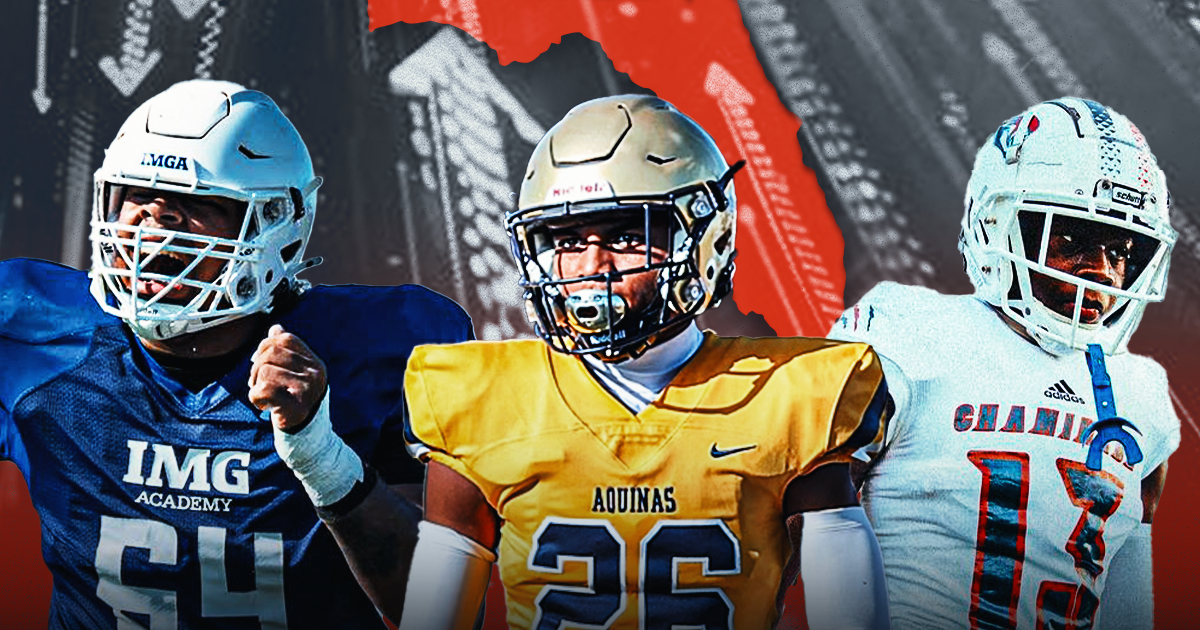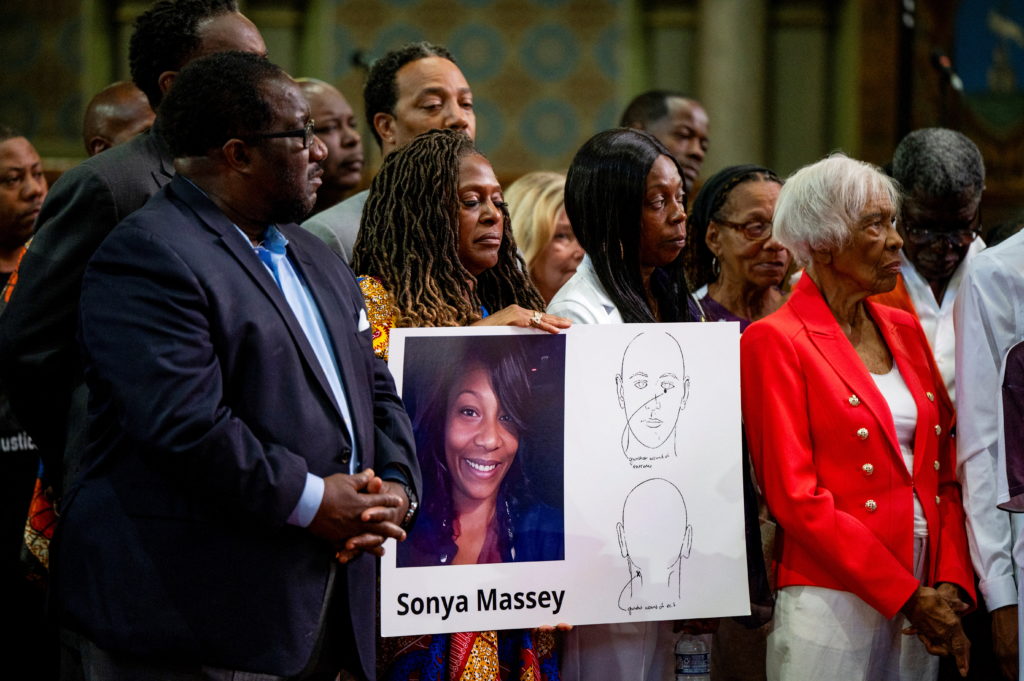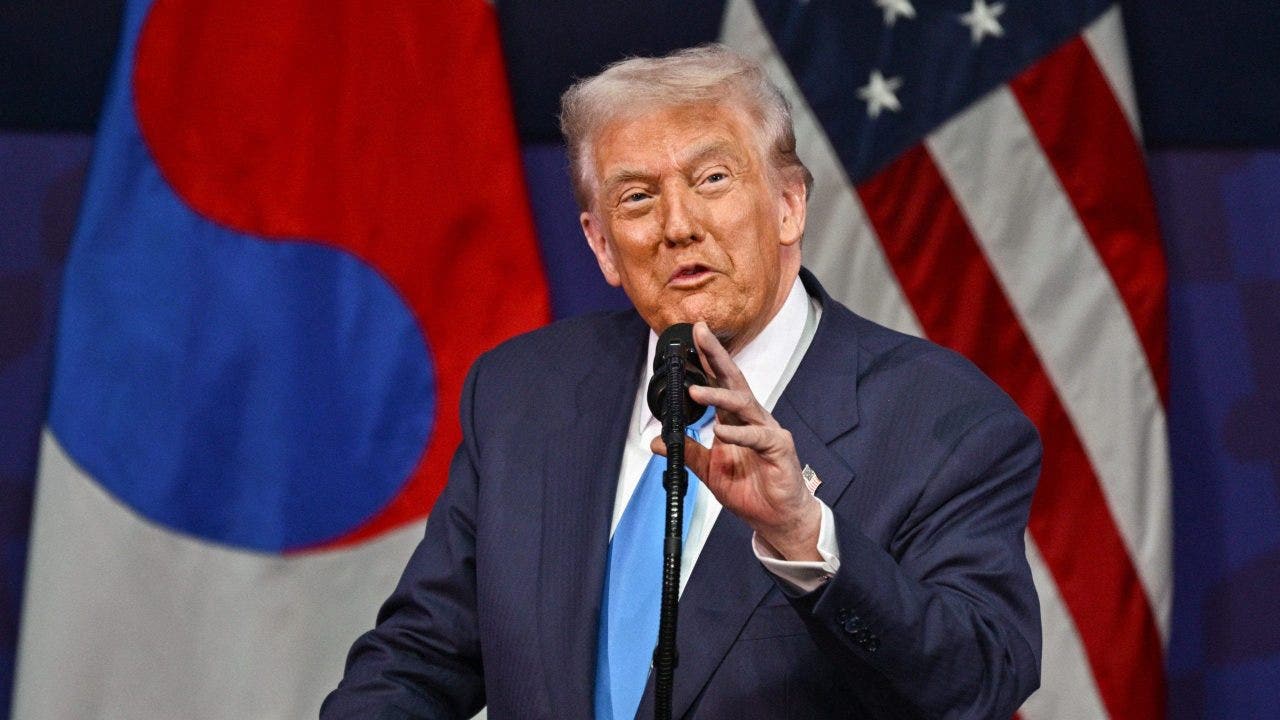Lifestyle
Fine Jewelry Designs Exhibit an Urban Flair

Imaginative ways of playing with light have long been one of jewelry’s key features, and several brands recently added a cool urban twist to that technique. Fine jewelry collections have been introduced with graphic looks that clearly were inspired by city architecture and echoed the signature geometry of Art Deco design.
When Chopard unveiled the latest additions to its Ice Cube collection in September, for example, the house’s marketing material described the pieces as “sculpted by light,” with gridlike patterns set onto gold rings, earrings, bracelets and necklaces. Rows of tiny gold cubes, some punctuated with diamonds, evoked an evening cityscape twinkling with lights.
Caroline Scheufele, Chopard’s co-president and artistic director, said she took her cue from Bauhaus architecture and its focus on functionality and simplicity. “This minimalist aesthetic appealed to me through its highly graphic lines that use only the original elements, which are light, shape and resistant materials,” she wrote in an email.
And while geometric jewels have been trending for some time, her pieces appear to reflect a pared-back approach. “Minimalism is expressed as an art of living that involves choosing to safeguard essentials, meaning all that is precious and enduring rather than ephemeral,” she wrote. “Ice Cube jewelry embodies this desire to focus on that which is simple, pure, beautiful and lasting.”
The Ice Cube collection includes a variety of pieces, such as rings, hoop earrings, individual ear cuffs and bangles offered in a range of sizes, allowing the wearer to layer or stack pieces according to taste.
Molly Haylor, the style director at the British edition of Grazia magazine, said the size range reflects the architectural connections of the design trend. “The more adventurous you are with the different ways of stacking, the more exciting it will look and add an element of power to your outfit,” she said. “Because of the shapes and the way they’ve been molded, they all pick up light differently. It does recall the skyscrapers in iconic cities like New York and Chicago or even Tokyo.”
Recent collections at Louis Vuitton and Dior also highlighted graphic looks, notably playing with house design codes.
Louis Vuitton interpreted Damier, the checklike pattern first conceived more than 135 years ago for its trunks and that today adorns products ranging from its ready-to-wear styles to accessories. Now, the motif has found expression in Le Damier de Louis Vuitton fine jewelry collection, featuring diamonds in square settings juxtaposed with polished gold.
The rings are the collection’s most varied pieces, offered in 18-karat white or yellow gold, in different sizes and heights. “When you put them all together they’re like a Lego piece that builds this beautiful structure,” said Ms. Haylor, who added that a graphic, cuff look also could be achieved by stacking Le Damier’s tennis bracelet-inspired bangles.
At Dior, the feminine My Dior collection incorporated the maison’s signature cannage pattern, a lattice look seen on its handbags that is a nod to Christian Dior’s first fashion show. During that event in 1947 at Dior headquarters in Paris, guests sat on Napoleon III chairs with the mesh pattern, which now has made its way to My Dior’s line of rings, earrings and bracelets.
For each piece, the lattice of fine golden strands is created by hand, then a strip of mirror-polished gold is inserted behind the grid to create a play of light between the strands and the strip. (The light is enhanced even more by the diamonds set in some pieces). The collection debuted in September in 18-karat pink gold or white gold, then in late November expanded into yellow gold, with black lacquer for contrast.
Such large heritage houses are not the only ones to adopt the style.
Jessica McCormack’s new Tapestry collection may recall the embroidered friendship bracelets of the 1980s, but the London-based jeweler said she had been inspired by all manner of graphic forms: mosaics, 1920s floor tiles, murals, even the Tetris video game. The result was a blend of pattern and color, with bold patterns such as the chevron created from emeralds and pink and blue sapphires.
Executing the designs was a complex process, however, as each stone had to be set onto a tiny gold tile, then strung together. “It creates this fabric, liquid-like movement,” said Ms. McCormack, adding, “It was a bit of a nightmare. But I do think the best things always are.”
The colors really pop, she noted, thanks to the rhodium treatment that creates an outline around each tile: blackened white and yellow gold for the blue sapphires and emeralds and blackened white and rose gold for the pink sapphires.
The biggest surprise of the collection, Ms. McCormack said, was seeing clients wearing the bracelets alongside their watches, something she attributes to the bangle’s design and its flat clasp. “It sits beautifully with either an Apple watch or Cartier Tank,” she said. “It can work with a watch, which not all bracelets do well.”
Not far from Ms. McCormack’s boutique in the Mayfair district of London is Hirsh, which has unveiled a new line of diamond-set earrings, bangles and rings in architectural eight- or nine-side shapes.
The design took years to perfect, said Sophia Hirsh, the company’s managing director, with time spent considering the form of the designs, their wearability and ergonomics.
Thanks to the various angles, the jewels deliver wonderful reflections of light, she said. “When the light hits the diamonds and you have these slightly different angles, it will always pick up a lot of extra sparkle,” Ms. Hirsh noted. “It’s a little bit more playful to wear. You want to touch it and feel the different angles.”

Lifestyle
Nigerian Nobel winner Wole Soyinka says U.S. revoked his visa after Trump criticism

Nobel Prize laureate Wole Soyinka speaks to The Associated Press during an interview at freedom park in Lagos, Nigeria, in 2021.
Sunday Alamba/AP
hide caption
toggle caption
Sunday Alamba/AP
Nobel Prize-winning author Wole Soyinka said on Tuesday that his non-resident visa to enter the United States had been rejected, adding that he believes it may be because he recently criticized President Donald Trump.
The Nigerian author, 91, won the Nobel Prize in Literature in 1986, becoming the first African to do so.
Speaking to the press on Tuesday, Soyinka said he believed it had little to do with him and was instead a product of the United States’ immigration policies. He said he was told to reapply if he wished to enter again.
“It’s not about me, I’m not really interested in going back to the United States,” he said. “But a principle is involved. Human beings deserve to be treated decently wherever they are.”
Soyinka, who has taught in the U.S. and previously held a green card, joked on Tuesday that his green card “had an accident” eight years ago and “fell between a pair of scissors.” In 2017, he destroyed his green card in protest over Trump’s first inauguration.
The letter he received informing him of his visa revocation cites “additional information became available after the visa was issued,” as the reason for its revocation, but does not describe what that information was.
Soyinka believes it may be because he recently referred to Trump as a “white version of Idi Amin,” a reference to the dictator who ruled Uganda from 1971 until 1979.
He jokingly referred to his rejection as a “love letter” and said that while he did not blame the officials, he would not be applying for another visa.
“I have no visa. I am banned, obviously, from the United States, and if you want to see me, you know where to find me.”
The U.S. Consulate in Nigeria’s commercial hub, Lagos, directed all questions to the State Department in Washington, D.C. Through a spokesperson, it said that because under US law visa records are generally confidential, they would not discuss the specifics of this case while stressing that “visas are a privilege, not a right” and that “visas may be revoked at any time, at the discretion of the U.S. government, whenever circumstances warrant.”
Lifestyle
Inside Amazon’s Strategic Expansion Into Luxury Fashion and Beauty

Lifestyle
These men tried to be bros…and failed. : It’s Been a Minute

Are male friendships toxic? They often are on screen.
Getty Images/Getty Images
hide caption
toggle caption
Getty Images/Getty Images
What can we all learn from stories of men trying to find friends…and failing?
Men in real life – and in the movies – are trying to figure out how to be friends. There’s been a lot of talk alleging lonely men are the cause of cultural tensions, and Hollywood has caught on (despite a similar number of women saying they are lonely, too!). Several films this year depict how society leads men into fraught, messy friendships. So, what can we all learn from toxic (or good!) friendships between men?
Brittany is joined by NPR arts and culture reporter Neda Ulaby and IndieWire awards editor Marcus Jones to dig into it.
Follow Brittany Luse on Instagram: @bmluse
For handpicked podcast recommendations every week, subscribe to NPR’s Pod Club newsletter at npr.org/podclub.
This episode was produced by Corey Antonio Rose. It was edited by Neena Pathak. Our Supervising Producer is Barton Girdwood. Our Executive Producer is Veralyn Williams. Our VP of Programming is Yolanda Sangweni.
-

 New York6 days ago
New York6 days agoVideo: How Mamdani Has Evolved in the Mayoral Race
-

 World1 week ago
World1 week agoIsrael continues deadly Gaza truce breaches as US seeks to strengthen deal
-

 News1 week ago
News1 week agoVideo: Federal Agents Detain Man During New York City Raid
-

 News1 week ago
News1 week agoBooks about race and gender to be returned to school libraries on some military bases
-

 Technology1 week ago
Technology1 week agoAI girlfriend apps leak millions of private chats
-

 Politics1 week ago
Politics1 week agoTrump admin on pace to shatter deportation record by end of first year: ‘Just the beginning’
-

 News1 week ago
News1 week agoTrump news at a glance: president can send national guard to Portland, for now
-

 Business1 week ago
Business1 week agoUnionized baristas want Olympics to drop Starbucks as its ‘official coffee partner’


















